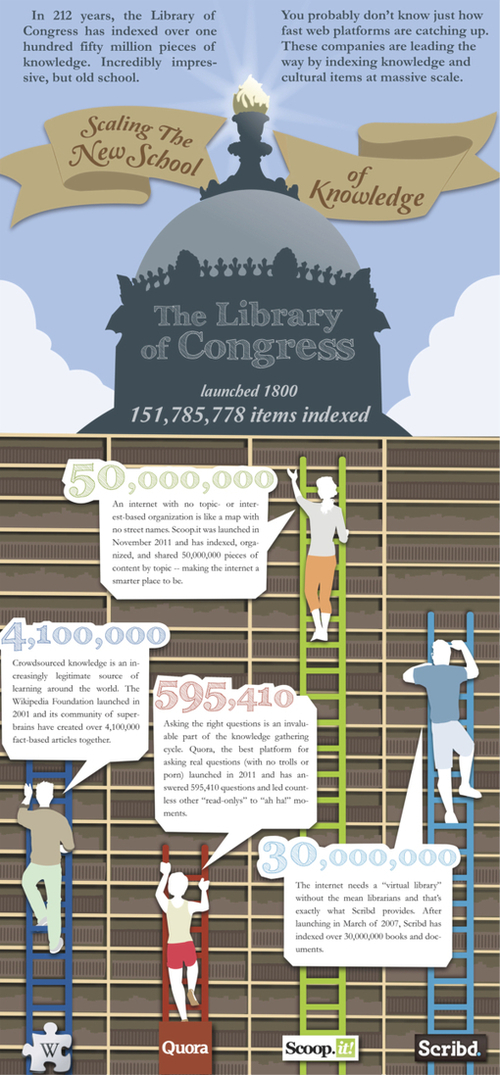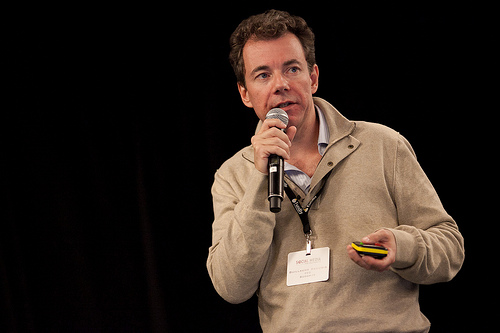 Social Media is easy. But only in theory.
Social Media is easy. But only in theory.
When you get down to the practical things Social Media requires, you realize that a lot of them take time, require some special skills or are simply too complex to bother. While blogging and social networks have now been around for years, the truth is that for a lot of people, using Social Media in a professional way is still anything but a no-brainer; whether your job consists of running a business, pitching new customers, fundraising for a cause, educating students or coaching clients, it usually takes a good 100% of your time, so how can you “do Social Media” on top of that?
The key to solve this includes working on smarter workflows. At Scoop.it, for instance, we realized that having a suggestion engine combined with a bookmarklet for 1-click publishing greatly helped our users. And by adding features like the connections to the social networks they wanted or the ability to rescoop one another’s content, we have taken – and continue to take – steps towards making the whole Social Media Publishing workflow much simpler.
HootSuite is another company that has worked extensively on this workflow problem. By combining monitoring and cross-posting, they’ve built one of the most popular Social Media platforms to date with millions of professional users.
We’re therefore thrilled to be partnering with HootSuite today and to introduce the Scoop.it App for HootSuite. From now on, HootSuite users can combine the powerful stream layout that enables them to monitor various sources of content at once with Scoop.it’s easy content curation capabilities. This means more relevant content but also more visibility for this content when it’s published to your Scoop.it pages, whose topic-centric nature drives on average 3 clicks per visitor and greater discovery from Social and Search. Scoopiteers who already leverage topic-centric content curation to develop their visibility online can now diversify their sources of content by using HootSuite to monitor various content streams, including the topics they follow on Scoop.it or some specific Scoop.it searches to closely monitor their interests.

Read More





























